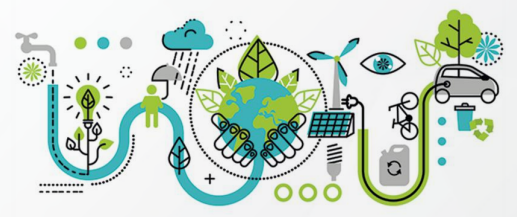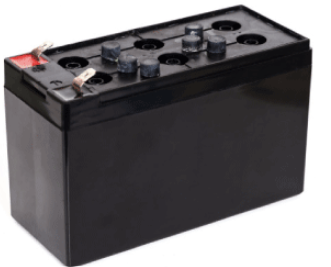Recycling Ecosystem of Electric Vehicle Batteries
Recycling Ecosystem of Electric Vehicle Batteries Electric vehicles (EV) have seen a rapid growth with the global electric car stock hitting the 10 million in 2020. This increasing shift in EV’s would also mean an increase in battery demand. Lithium-ion batteries which currently power the EV’s reached a global manufacturing capacity of roughly 300 GWh per year and the production was around 160 GWh in 2020. Battery demand is set to increase significantly over the coming decade, reaching 1.6 TWh in the Stated Policies Scenario and 3.2 TWh in the Sustainable Development Scenario. The envisaged projections in EV’s and the subsequent battery demand raises important questions with regards to catering to the demand for the materials that will arise for manufacturing batteries, end-of-life (EoL) and waste management. The increasing demand for battery materials necessitates the need for increased extraction of raw materials. However, reserves are limited in nature and the emissions that re...








